Posted in: 06/02/2023

Follow Synergia Environment Month! A whole month focused on raising awareness about the importance of preservation, conservation, regeneration and sustainability, in addition to many other actions that directly impact the care that each and every one of us needs to have with the nature that surrounds us.
A few years ago, Synergia invested in Environment Week , with external and internal actions aimed at celebrating it. The choice of the first week of June was also made to address and give vent to the discussions brought on World Environment Day , June 5 – a world date established by the United Nations (UN) and the United Nations Environment Program (UNEP) in 1974.
This year, also in line with the global campaign for World Environment Day , we are going to highlight the theme of plastic and the fight against its pollution . However, this time, we will dedicate the entire month to discussions on this subject!
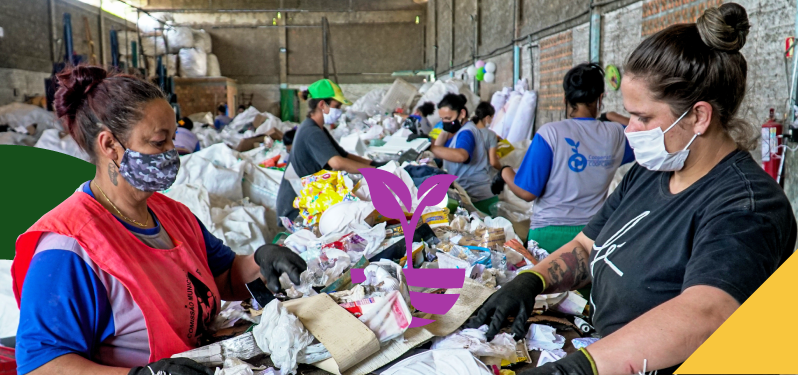
In other words, throughout this month, here on the Synergia Environment Month Campaign page and on our social networks , you will see a lot of content dedicated to environmental awareness for companies, governments, organizations and people everywhere who want to engage and understand more about topics such as:
And much more…
Oh, and this year, we have one more novelty : in addition to the content produced by Synergia’s Communication and Marketing team , you will also be able to check out texts produced in partnership with specialists in the field of Sustainability and Social Responsibility and the Social and Environmental Education Center from Synergy.
That’s a lot of quality content for you. Check out the campaign now, updated weekly!
Tomorrow, 03/06 , the National Environmental Education Day is celebrated . And Synergia has a Socio-Environmental Education Center dedicated especially to the themes of Education, Environment and Sustainability , always attentive to the development of new methods and approaches that bring knowledge and effective learning in our areas of operation.
Therefore, before delving into the campaign’s main theme – plastic – we could not fail to start Synergia Environment Month with a tribute to the date and reinforce that Environmental Education can be the beginning of a more friendly relationship between us and nature and, moreover, one of the main factors in the fight against pollution , especially plastic.
Check out this week’s text!
Environmental education acquires crucial importance in view of the growing human neglect of nature’s limits for maintaining the conditions that allow the perpetuation of life on Earth .
Sociologically called postmodern civilization , and geographically referred to as the Anthropocene era, the current era is marked by the unsustainable persistence of an economic system based on the incessant production and consumption of goods of the most varied orders. We face its side effects that culminate in climate emergencies , expressed in extreme events related to the increase in global temperature, with significant and destructive impacts on ecosystems, human communities and biodiversity. These events are characterized by unusual intensities such as severe droughts, heat waves, floods and sea level rise.
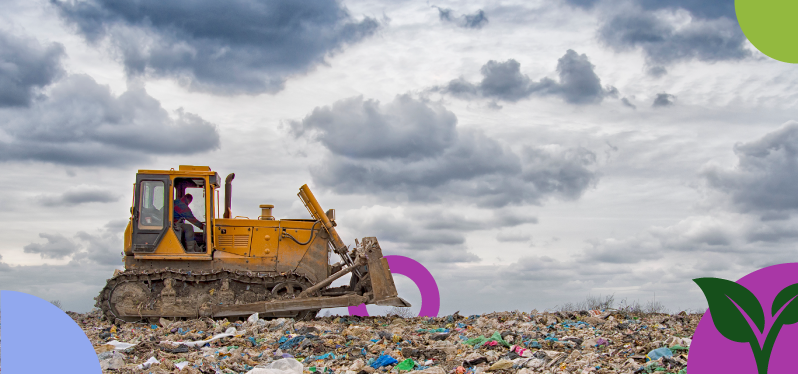
In this context, environmental education plays a fundamental role in promoting the knowledge, skills and values necessary for people to understand the implications of this gear formed between the environment , the economy and society , so that, in this way, they can take appropriate actions and aware of the challenges to be faced. It also makes possible a more qualified participation of people on the course of the natural resources in their region, opening margins to reflections on the burden and the bonus of all this appropriation of nature.
Have you heard of environmental justice ? Well then, it bases its bases on the unequal divisions between burdens and bonuses of the exploitation of nature. Revealing the unequal material conditions in people’s lives, revealing the possible climate impacts for the most vulnerable populations – and these are the ones that least interfere with the carbon cycle in the atmosphere – seems to be a sine qua non condition for environmental education that wants to be called critical education .
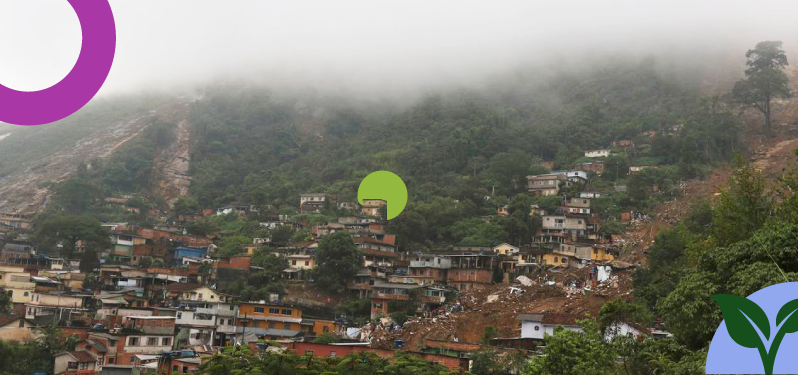
On the National Day of Environmental Education , it is important to reflect on the paths of its practice. At this moment, we recognize the need to strengthen environmental education as a tool for awareness, mobilization and social transformation through a more critical, sincere education related to the central foundations of the environmental crisis we face.
It is a call for educators, managers and public managers and the whole of society to unite in favor of a sustainable future , where environmental justice is a reality for everyone.
***
NOTE: Synergia’s Socio-Environmental Education Center deeply regrets the death of Professor Michele Sato , on May 16, 2023.

Sato dedicated his life to environmental education, playing a crucial role in training professionals committed to preserving the environment and producing scientific knowledge focused on education and sustainability.
May your memory be remembered and may your contribution continue to inspire and guide those who share a commitment to preserving and caring for the environment. Your work and dedication leave a valuable example for us.
The Carbon Footprint has its perspective related to a product or service, considering all emissions from its value chain , in an approach that goes “from cradle to grave”. In other words, from the removal of raw materials from nature and their introduction to the organization’s processes, to their final destination , for example, in the process of sending them to landfill or incineration. When we talk about plastics, its life cycle is the journey taken by any plastic product, from the extraction and processing of its raw materials to its post-disposal.
Scientifically, it is known that all plastic ever produced in the world is part of the carbon cycle , with a large part coming from chemicals extracted from fossil carbon reservoirs . However, the impact of plastics – and their life cycle related to the carbon cycle – on climate change is still little studied in the academic field.
Plastic transports carbon in different ways, and can be incorporated into living organisms or settle on the bottom of the oceans as aggregates of plastic and organic matter. Furthermore, it can also release greenhouse gases at all stages of its life cycle, from production and transportation to waste disposal.
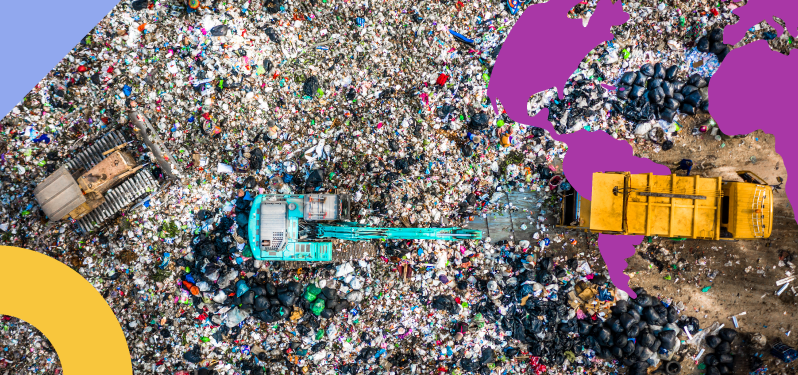
Therefore, we observe that plastic pollution , in addition to having its own life cycle, plays a fundamental role in the carbon cycle – the movement of carbon between different reservoirs, such as the atmosphere, oceans and organisms – whose analysis is very important. relevant to the study of climate change .
In this context, we realize that waste pollution – specifically, plastic – and climate change are two prominent issues of our time. They are two sides of the same coin, that is, most plastic polymers are made from petrochemical raw materials , and their raw materials for synthesis are propylene and ethylene . These compounds are derived from naphtha , one of several chemicals refined from petroleum. However, for this refining, fuels are used, that is, gasoline, which is burned to produce energy, emitting greenhouse gases.
Even though in the past it was considered a miraculous discovery that made people’s lives easier around the world, currently, through the exploitation of fossil fuels , the unsustainable use of plastic materials has been fueling a global environmental catastrophe . It is a fact that plastic pollution has affected every part of the planet, from rivers spread across the globe to the oceans – and the very air we breathe.
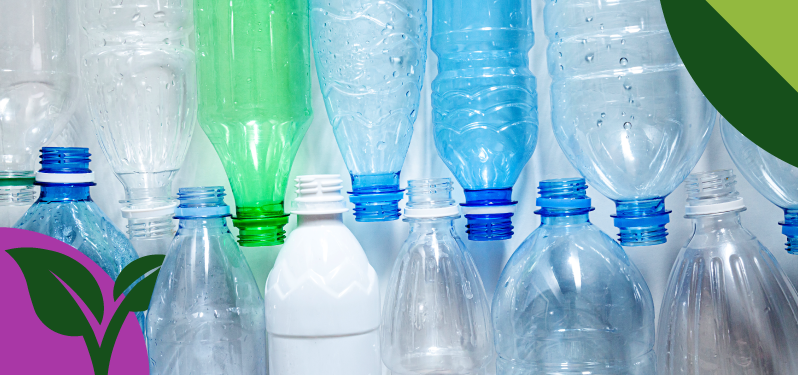
Contrary to sustainability , the production and increasing use of plastic has surpassed society’s ability to manage it effectively until the end of its useful life. In other words, the management of plastic , such a useful and versatile material, has developed in an unsustainable way.
In the city of São Paulo, on average, 18 thousand tons of garbage are collected every day, only 4% of waste (including that made of plastic, a significant part of this total) is recycled. The rest goes directly to landfills , where they are unusable and contribute to pollution. A poorly managed plastic life cycle leaves room for this type of product to escape into the environment .
Estimates indicate that by 2050, the oceans will have more plastic than fish. Furthermore, it is confirmed: the human intestine also has microplastics . This is most likely because plastic has already entered the food chain . It is in food, water and air.
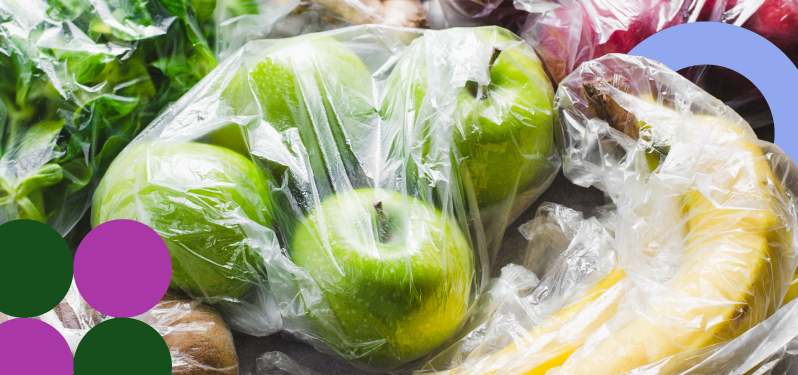
A well-developed society must take the Plastic Life Cycle into account when managing all social, political and economic processes , so that the socio-environmental impacts of this type of product are always as small as possible.
Therefore, when establishing the connection between plastic and climate change , it is necessary for the scientific field to recognize the greenhouse gas emissions produced by plastics and to establish actions to better manage the problem and make the cycle of life of this product.
The use of plastic utensils and packaging is common in many people’s lives. Often, after using or consuming a certain product, we dispose of it in common bins or selective collection and we feel safe in saying that our waste, even if it is not recycled at a later date, was correctly disposed of and will be disposed of . in a landfill , far from presenting dangers to marine animals. For those people who live kilometers from coastal areas, this statement seems to be even more consistent, after all there is no way for waste to travel such long distances.
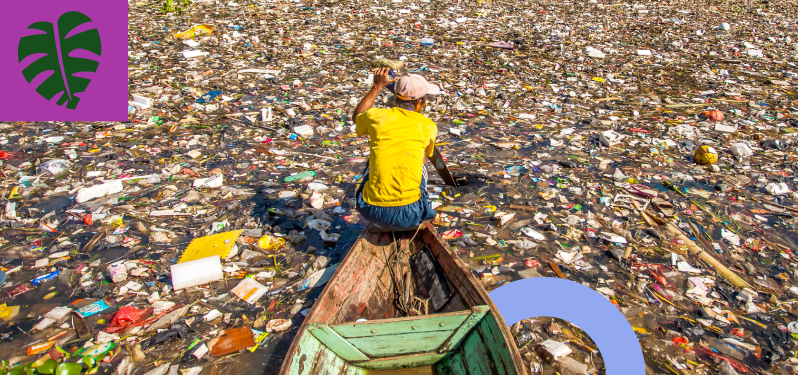
It turns out that these statements do not actually reflect reality . According to data from the Blue Keepers Project , linked to the UN Global Compact , each Brazilian is responsible for generating approximately 16 kg of plastic annually . This material is prone to escaping into the environment, due to the action of winds and transport through rivers to the ocean, due to poor management or failure to carry out its correct final disposal, totaling around 3.45 million tons per year. .
In global data, reported by a study published in the journal Science Advances , more than 1000 rivers are responsible for 80% of all pollution that reaches the ocean . In other words, in addition to the impacts on marine ecosystems, we need to consider that the impact on rivers is also very relevant.
The exposure of plastic pollution in aquatic ecosystems , fortunately, is already very well publicized by the media and organizations around the world, and there is consensus about the seriousness of its impacts , due to its visibility and the shocking nature of the images.
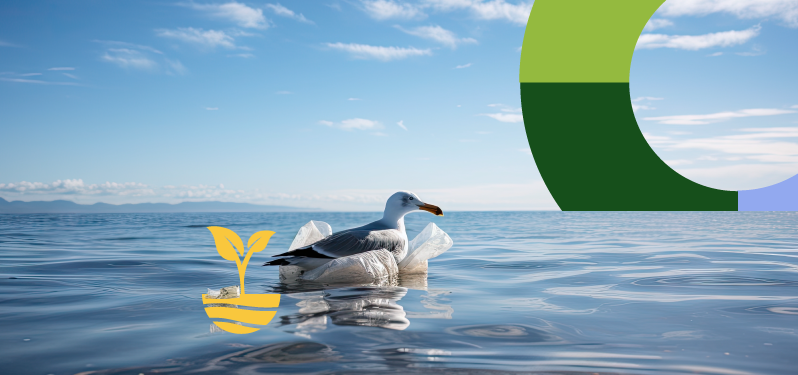
According to a report by the United Nations Environment Program (UNEP), plastics pose risks to large mammals, turtles, sharks, fish and birds. Some of the adverse effects on marine species are suffocation, coiling, internal tissue cuts due to ingestion, physiological stress, toxicological damage and death due to lack of food – as plastics are not digested, they lead to a false sensation of satiety in the animal. , which ends up stopping eating.
Another major problem regarding the presence of plastics in the environment is that their fragmentation – caused, for example, by exposure to sunlight or the mechanical action of wind or water – results in so-called microplastics , particles up to 5 millimeters in diameter that can be classified as primary or secondary. Primary ones are those that were produced in these dimensions for direct use, such as “pellets”, exfoliant microspheres and glitters, while secondary ones come from the breakdown of larger plastic material, as described previously.
The presence of microplastics in the aquatic environment deserves special attention, not only because of their small size, which makes attempts and viability to remove them from the environment difficult , but because of the impacts they can have on various organisms. Often ingested by marine species – and such as plankton, molluscs, shellfish and fish – microplastics can have effects such as obstruction of the digestive tract, changes in growth and reproduction, in addition to contamination due to the association with other toxic compounds.
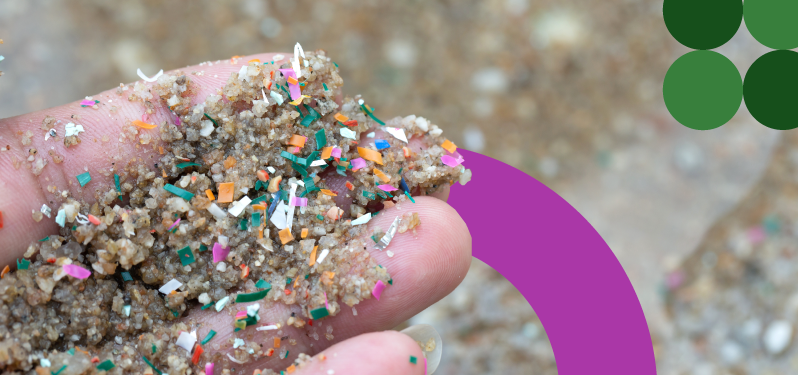
These small particles can also be ingested by us humans through the air, drinking water, or when we eat seafood. Although the health risks are still being studied in more detail, there are possible threats due to their accumulation in organs such as the liver, kidneys, intestine and lungs, in addition to the effects associated with the same toxic components, such as hormonal, respiratory and metabolic disorders.
In a report on the challenges of reducing marine pollution in Brazil, published in 2020, the NGO Oceana discusses the lack of effectiveness of actions such as recycling, incineration and the use of so-called “biodegradable ” plastics. Among some reasons that classify actions as ineffective, the main one is that, in a scenario in which global plastic production will quadruple by 2050 , none of these solutions will be able to keep up with such a large volume.
Therefore, for the Brazilian scenario , the following measures are classified as part of the solution:
One of the major problems observed with attention by all humanity is the possibility of a scarcity of natural resources used as raw materials for the production of goods and products, especially when taking into account that the level of inhabitants on the planet reached 8 billion in 2022 , and there are estimates of growth to 10 billion by 2080 .
This concern really makes sense when we observe that the primary production model established long ago, and accelerated since the Industrial Revolution, consists of extracting a raw material from nature , transforming it into a consumer good and sending it to consumers/ which, in turn, are discarded at the end of their useful life.
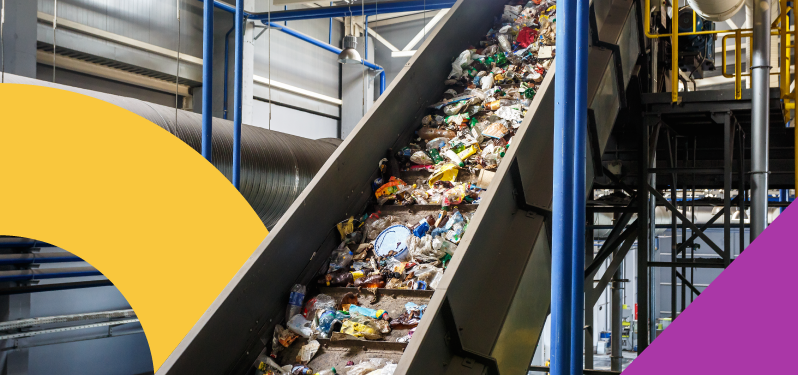
The model described above is known as a linear economy and its sustainability , in the most literal sense of that word, has been questioned for some time and placed in contrast to a cyclical model , known as a circular economy. During the 1970s, economists began to criticize this unsustainable economic model and gave rise to the idea of seeking alternatives to it, resulting, years later, in the concept of circular economy.
According to the Ellen Macarthur Foundation , a world reference institution in the discussion on the circular economy, it is based on three pillars:
It is not difficult to reach a conclusion about the economic way in which plastics are used around the world. Its linearity is clear , using resources such as water, energy and polymers derived from petroleum, a product is created that is normally used only once and, even if it lasts longer, is generally discarded after use . Bringing the use of plastics into a circular vision is a challenge , but it is possible if we redesign the system and our habits to ensure that plastics never become waste or pollutants.
Therefore, bringing the use of plastics to a circular approach begins with eliminating the unnecessary use of plastics for packaging, through a logistical analysis and adaptation to the reality and purpose of each product sold.

It is also necessary that innovative solutions for the reuse of materials are viable, that the packaging design and the distribution system are designed with a clear purpose: reuse for the same purpose or recycling (transformation into a new product).
In both ways, it is important not only to consider what type of material the packaging is made of – whether biodegradable, compostable, or not – but also to consider where the plastic goes after use , ensuring that it is collected and disposed of correctly, avoiding leaks into the environment.
In Brazil, there are already some initiatives to implement a circular economy model that contribute to ensuring that waste – plastic or other types – does not end up in landfills or the environment, ensuring that the material is always in use . Check out three examples!
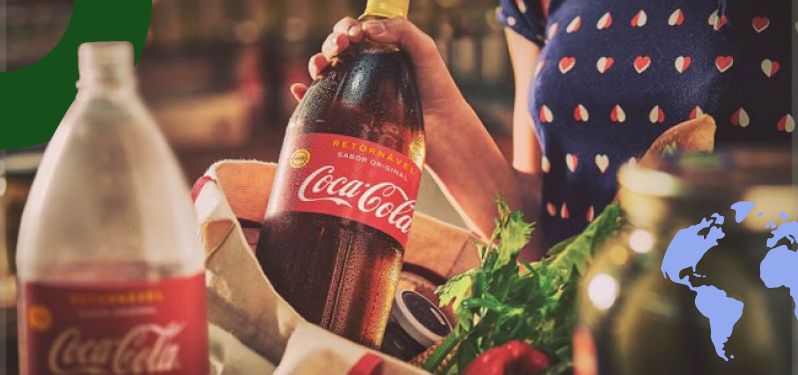
In 2018, the Coca-Cola Brasil group made an investment to unify the design of soft drink packaging and make some of the bottles distributed into returnable models .
The consumer purchases the packaging for an additional price, once, on the purchased soft drink. The next time you return the packaging, you will pay a reduced price. The initiative replaces 200 million single-use bottles per year and, added to the return of glass bottles, has a return rate of 90% .
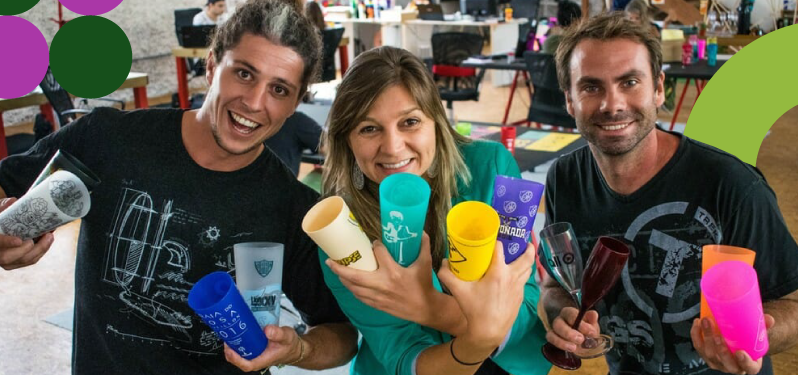
As a solution to the pollution generated by single-use disposable plastics, the company produces high-quality plastic cups, which can be rented for an event, for example. After use, they are sent for proper cleaning and can be used by other customers. Cups that cannot be reused, due to damage, are sent for recycling .
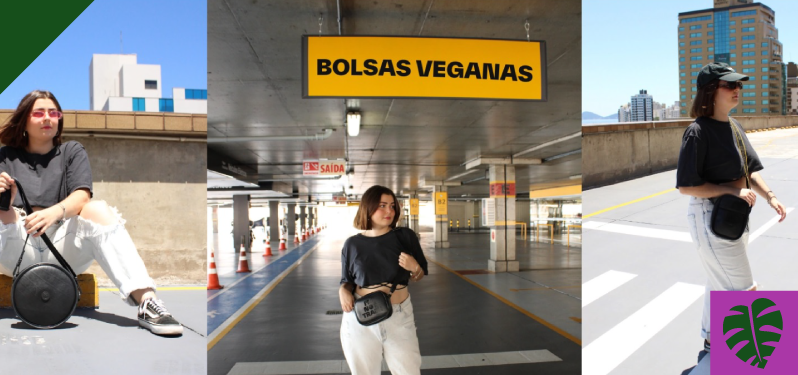
This innovative brand makes fashion accessories from materials that would normally be discarded, such as inflatable mattresses, truck and bicycle tire tubes, promoting so-called upcycling , that is, transforming waste into a product with good quality and good commercial value. .
The company follows one of the precepts of the circular economy , that of keeping a material always in use . Furthermore, all products in the store are vegan, without any material of animal origin in their composition.
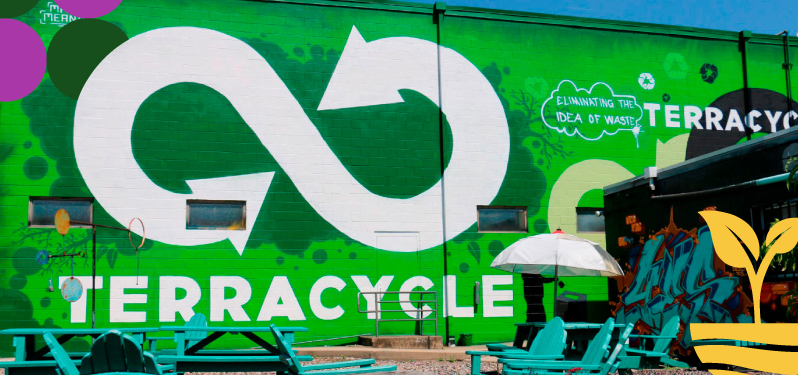
Operating in 21 countries, TerraCycle is a world leader in environmental solutions for highly complex waste .
In Brazil, the entity operates through National Recycling Programs in partnership with institutions and consumers. The purpose is to offer the correct disposal of packaging and complex products , which can be sent free of charge by post offices, and also to support social entities and public schools.
These were just a few examples. With a quick internet search you can find many other initiatives related to the circular economy and, who knows, discover a movement close to your home to join or support.
Recycling in Brazil is still a major challenge. However, recycling cooperatives are the greatest allies, because they are responsible for collecting 90% of recyclable solid waste , generating around R$12 billion per year, according to the International Solid Waste Association (ISWA).
As a result, cooperatives generate a positive impact on both the environment and the economy . And, in addition to reducing environmental impact, they also create jobs and promote social inclusion.
Recycling cooperatives are responsible for collecting, separating and processing solid waste destined for recycling, transforming it into raw material for the manufacture of new products from solid waste.
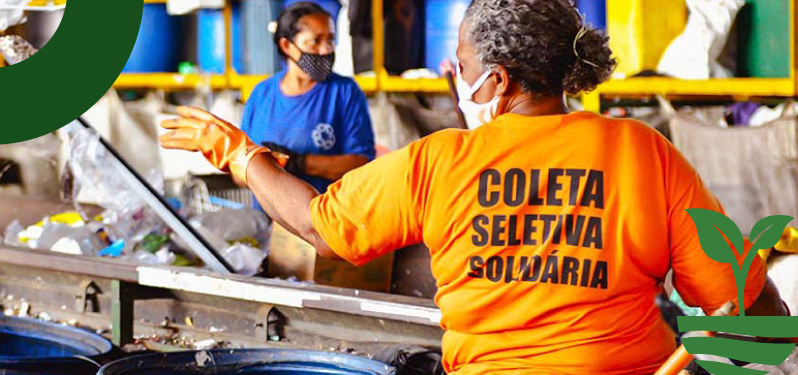
Among this waste, there is a wide variation in what cooperatives are able to collect, according to the 2022 Recycling Yearbook , developed by the Pragma Institute :
The yearbook points out that plastic is the most profitable material , accounting for 58% of national revenue from the sale of recyclable solid waste. However, plastic pollution is a problem that the world continues to try to solve.
In 2022, each Brazilian generated, on average, 64 kg of plastic waste , totaling 13.7 million tons, according to the 2022 Solid Waste Panorama.
But only 1 million tons of this material was recycled after consumption. The number represents approximately 23.4%, according to Preview 2022 , from the Brazilian Plastics Industry Association (Abisplat).
What was not recycled could possibly have ended up in Brazilian seas. This is because plastic waste accounts for 48.5% of all materials that escape into the seas , which represents approximately 3.44 million tons.
Furthermore, an analysis released by the United Nations Environment Program (UNEP) pointed out that, in 2015, plastic was related to the production of 1.7 gigatons of CO2 equivalent , and the forecast is that this will increase to 6.5 gigatons by 2050. The analysis also points out that recycling alone will not be enough to repair the damage already caused.
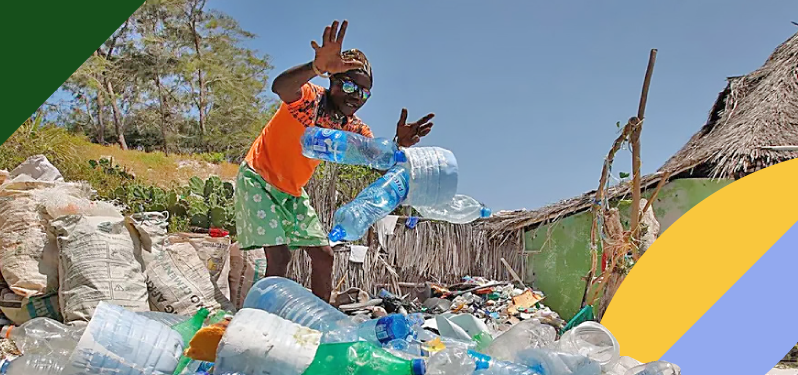
Some of the alternatives highlighted by the report “ From Pollution to Solution : A Global Analysis of Marine Litter and Plastic Pollution” are: speeding up the transition to renewable energy , making investments in monitoring systems and raising social awareness about more sustainable and responsible choices.
To contribute and debate actions to reduce the impacts of plastic in Brazil and around the world, the United Nations (UN) defined the theme “Solutions for plastic pollution” for Environment Week 2023 .
One of the actions carried out was the event “Brazil in search of solutions for plastic pollution” , which aimed to encourage national, state and municipal governments, as well as businessmen and women, to invest in solutions to mitigate consumption and irregular disposal of plastic.
Additionally, the UN has worked with more than 175 countries to develop the Global Plastics Treaty . The objective is to present, by the end of 2023, a draft of the document with actions and goals for each country .
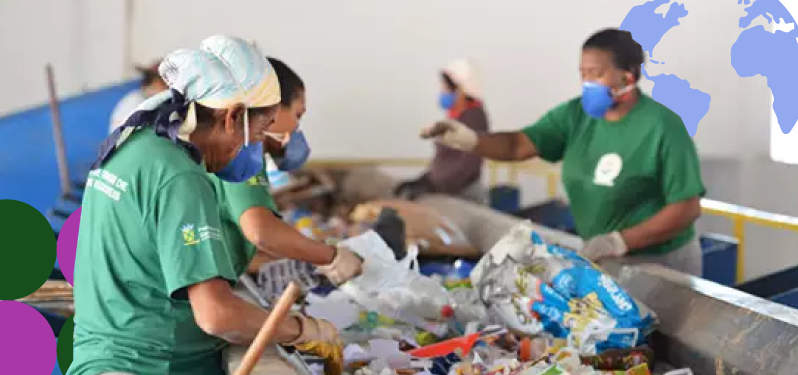
Civil society has also taken action against plastic pollution, as is the case with the NGO Pra Mia , which gathers plastic lids and can seals , sells the materials that will be recycled and converts the value into castration, medicines and funds for the care of rescued animals . .
Kyzi Gomes , mobilizer at Synergia, points out the positive impact that the NGO has on society and the environment : “When we start collecting these materials, we realize the amount of waste we generate and the amount of plastic we manage to remove from the environment. environment “. The NGO Pra Mia, operating since 2020, has already collected more than 43 tons of caps and seals and, as a result, castrated more than 200 rescued animals.
In this way, small, medium and large actions have contributed to combating plastic pollution in Brazil and around the world and to minimizing the impacts already caused on the environment.